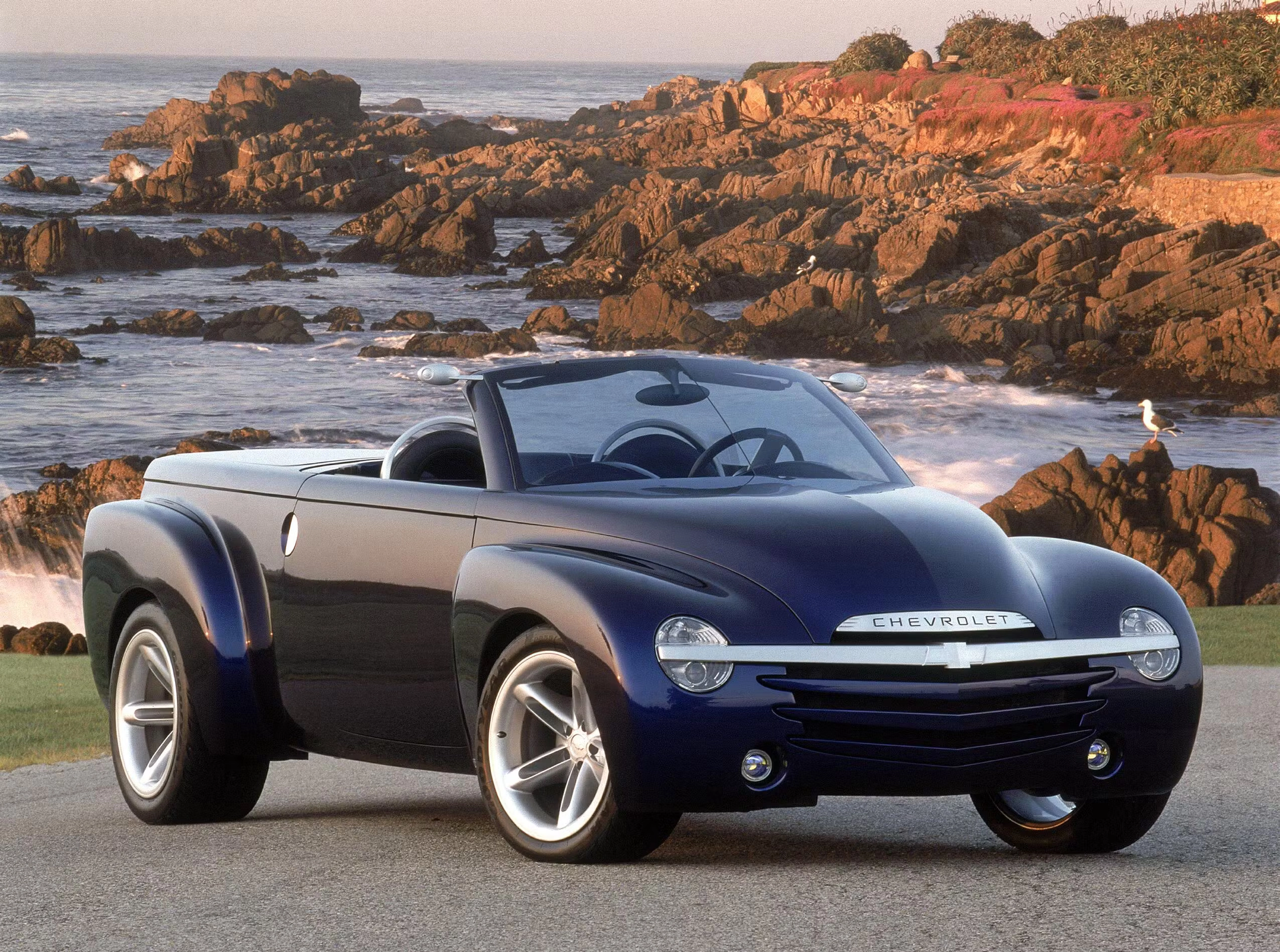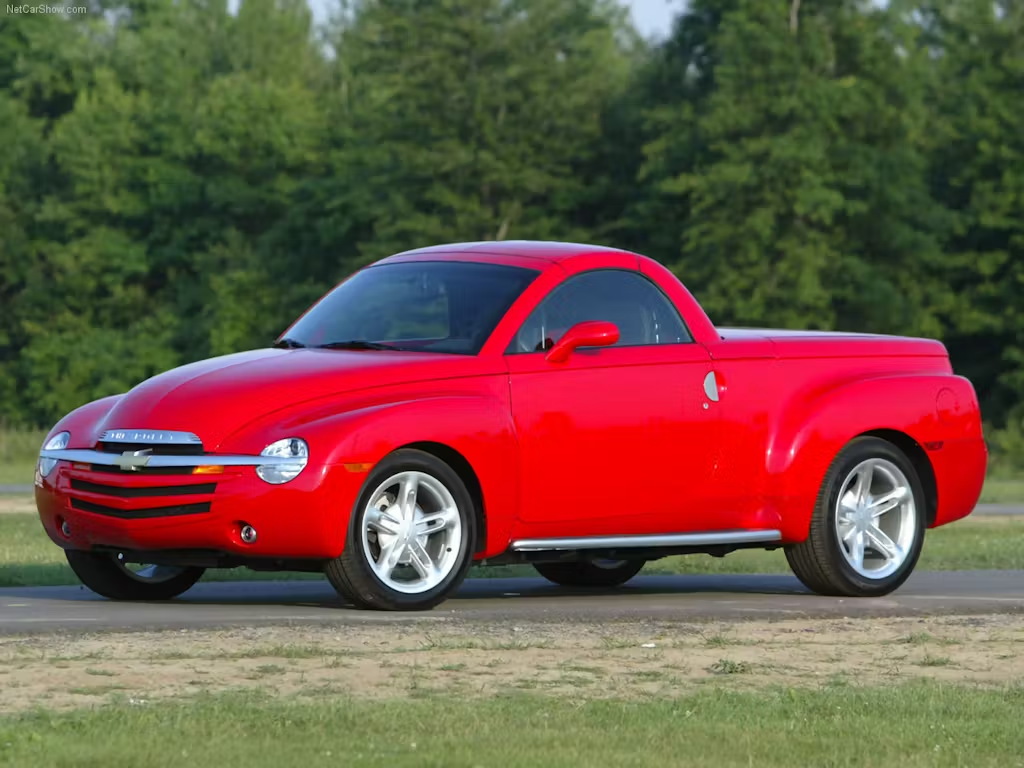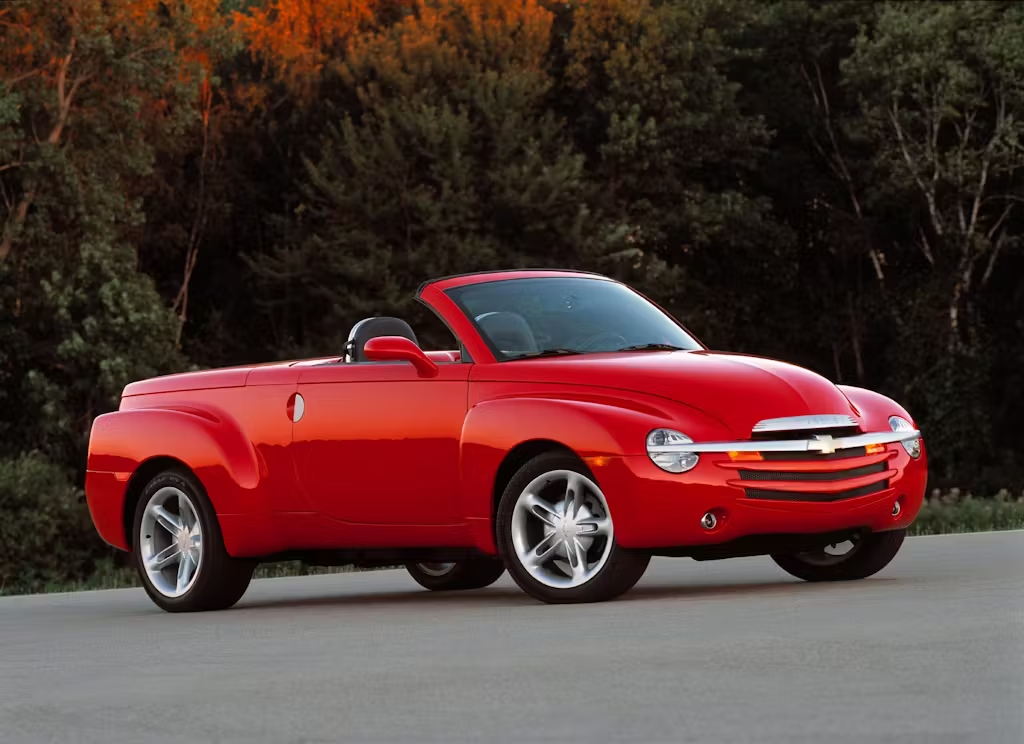How Collectible Are Those 2000s Retro-Style Cars?

It’s about to be 2025, and that has us looking back a quarter of a century to the dawn of the new millennium. In the year 2000, Nokia released the indestructible 3310 cell phone, Sony released the PlayStation 2, and people were getting unlimited music for free on Napster. Kevin Spacey won the Oscar for Best Actor, back when people still liked Kevin Spacey. Lance Armstrong won his second Tour de France, back when people still liked Lance Armstrong. The population of India reached 1 billion, the Elián González case was all over the news, and the Olympic Games were on NBC. DJ Carl Cox rang it in with two consecutive New Year’s Eve shows (the first in Sydney, then another in Hawaii after flying back over the International Date Line), and Y2K didn’t happen.
There was a lot of future talk in the late 1990s and early 2000s, but in the car world a lot of manufacturers looked to the past. Styling cues from the 1930s, ’50s and ’60s made it onto both concept cars and showroom models throughout both decades. These “retro cars” started even earlier in the ’90s with Japanese companies, or arguably even earlier with the first 1989 Miata, which aped the 1960s Lotus Elan. Nissan came shortly after with retro cars like the Be-1, Pao and Figaro, while Toyota had the “Classic.” VW came out with the retro-look New Beetle in 1997 and Jaguar with the S-Type in 1999. BMW brought out ’50s 507 curves with the Z8 in 1999, and revived the Mini for 2001. Fiat played on ’50s and ’60s dolce vita with its revived 500 model in 2007. Toyota brought FJ40 Land Cruiser looks to the 20th century with its FJ Cruiser that same year.
Here at home, the Big Three did retro cars, too. Old-school styling came in through the muscle car revival with the 2005 Mustang, 2008 Challenger and 2010 Camaro. Further up, supercar buyers had the 1960s race car looks of the 2005-06 Ford GT, and further down, commuters with a taste for something different had the 2001-10 Chrysler PT Cruiser and 2006-11 Chevy HHR.
Three domestic retro cars, however, exemplify this design trend more than any other—the 2002-05 Thunderbird, 1999-2002 Prowler, and 2003-06 Chevy SSR. They’re over the top and perhaps a bit tacky, but in the context of today’s monochrome pill-shaped crossovers, it’s remarkable that they were built at all. Now that they’re getting old enough to be classics, how does the market treat them? And do these cars, which played on nostalgia when they were new, appeal to a new type of owner today?
2002-05 Ford Thunderbird

Ford
The 11th generation Ford Thunderbird was the very last, and ironically (or maybe poetically?) it took inspiration from the very first 1955-57 T-Birds, right down to the bright old-school colors and two-seat configuration. The T-Bird for the New Millennium shared its chassis and 3.9-liter V-8/5-speed automatic with Ford corporate cousins like the Jaguar S-Type and Lincoln LS while its wide grille, circular lights, hood scoop and available porthole hardtop were shameless ’50s throwbacks that contrasted hugely with the contemporary blandness of the 10th generation (1989-97) Thunderbird that came before it. The 2002-05 T-Bird isn’t sporty, but Ford never claimed it was.
Prices when new ranged from $35,495 for the base car to $39,795 with the porthole hardtop, and a limited run of 200 Neiman Marcus versions sold through the retailer’s famous Christmas catalog. A coral-colored T-Bird also got some screen time with Halle Berry in the 2002 Bond film Die Another Day and Ford, never one to miss a marketing opportunity, built 700 “007” edition Thunderbirds like the one in the movie.
Values for these cars haven’t done much, and they’re roughly where they were a decade ago. The median condition #2 (“excellent”) value is $22,800, and #3 (“good”) is $11,300. The Neiman Marcus edition commands a little more at $25,800 in #2, and the most valuable is the 50th Anniversary at $29,500. Despite a build date that put them in the same company as many millennial and Gen Z favorites, T-Birds are way more popular with Florida retirees than they are with 20-something gearheads. Of the insurance quotes Hagerty gets for 2002-05 Thunderbirds, nearly two-thirds come from baby boomers, while just 2 percent come from millennials and 1 percent from Gen Z. This shouldn’t come as a huge surprise, though. These T-Birds were a 1950s nostalgia play when they were new, so it makes sense that they have the same core audience today.
1997-2002 Plymouth/Chrysler Prowler

James Lipman
Chrysler went absolutely wild in the 1990s with retro-styled concept cars like the Atlantic and the Chronos, but the Prowler is one that, remarkably, made it to production. After the Prowler concept was a star of the 1993 Detroit Auto Show, Chrysler execs led by president Bob Lutz and design chief Tom Gale greenlit the 1930s throwback for the road. ## In DE fehlt
The Prowler has been called a love letter to hot rods, but giving it a shrug-worthy 3.5-liter V-6 and 4-speed automatic was like writing that letter in crayon. To be fair, that V-6 was the only engine that would fit, and the Prowler’s structure featured extensive and advanced-for-the-time bonded aluminum. It was also just about the wildest-looking car you could drive out of a showroom in the late 1990s. But the Prowler will always be remembered for writing a check the powertrain couldn’t cash. About 11,700 were built, the last of them given Chrysler badges after the Plymouth brand disappeared in 2001.

James Lipman

Cameron Neveu
We picked the Prowler for this year’s Hagerty Bull Market list, in which we select cars that are poised to grow in value, but it appears our crystal ball was a little foggy on that one. This is another car that’s worth almost exactly what it was a decade ago. The median condition #2 value is currently $31,900, and #3 is $25,300. The $5000 optional matching trailer is a bit of a gimmick, but gimmicks are fun and cars equipped with it can command a significant premium. So can certain colors like purple or yellow. ## In DE fehlt
Few cars at this price point will grab people’s attention like a Prowler, but its hot rod heritage hasn’t translated to younger enthusiasts. Over 61 percent of buyer interest for Prowlers comes from baby boomers, while just 7 percent comes from millennials and less than 1 percent from Gen Z.
Chevrolet SSR (2003–2006)

GM
Like the Prowler, there’s simply no way to ignore a Chevy SSR on the road. Similarly, it’s a completely ridiculous thing that, whether you love it or hate it, you have to be impressed that GM actually built it. Chevrolet first displayed the SSR (Super Sport Roadster) as a concept at the 2000 Detroit Auto Show. Given its looks and the simple fact that it was a two-seater convertible pickup truck, most people thought it would stay a concept. And yet it arrived in Chevy showrooms for the 2003 model year.
The SSR shares a platform with the contemporary TrailBlazer EXT, and the first examples got its 5.3-liter, 300-hp V-8 with a 4-speed automatic as well. Car and Driver said of the looks: “Part roadster, part truck, and part Van Halen, it’s a retro Yankee wrapped in concept-car spandex.”

GM

GM
In 2005, things got better when Chevrolet dropped in the LS2 V-8 from the C6 Corvette and Pontiac GTO, bumping performance to 390 hp and 405 lb-ft of torque. Remarkably, Chevrolet also offered a Tremec 6-speed manual. The SSR got a few more horsepower for 2006 (400 with the manual, 395 with the auto). This impractical, outrageous-looking pickup with the heart of a Corvette could keep up with most mid-level sports cars. In a straight line, at least.
While certainly eye-catching and fast enough for fun, the SSR cost over $40K when new and wasn’t a smash hit. It was basically too much of a sports car for truck buyers, and too much of a truck for sports car buyers. About 24,000 were built in total.
Today, the median condition #2 value for SSRs is $32,600, and #3 is $25,100. This is up slightly from the $29,400 value for #2 condition cars a decade ago, but not enough to keep up with inflation. LS2-powered versions are worth a few grand more than the 2003-04 versions, and 6-speeds carry a $5000 premium in our price guide. When it comes to buyer interest, there are few vehicles that skew more towards older customers than this one. Over 82 percent of insurance quotes for the SSR come from baby boomers or older, while just 3 percent come from millennials and 0(!) percent come from Gen Z.

Brendan McAleer